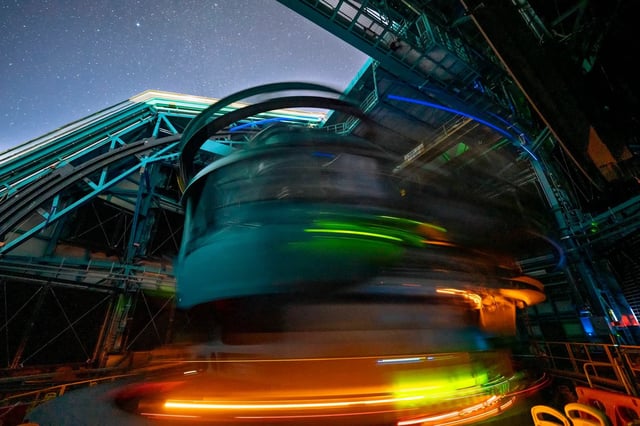Overview
- Simulations of about 20 known Venus co-orbital asteroids over 36,000 years show some may break free and drift onto Earth-crossing trajectories.
- Each co-orbital rock exceeds 140 meters in diameter and evades detection when low-eccentricity orbits keep them hidden in the Sun’s glare.
- Lyapunov times for these asteroids average just 150 years, indicating their orbits become unpredictable on century-long timescales.
- Astronomers expect the Vera C. Rubin Observatory’s wide-field survey, beginning late 2025, to reveal many of these elusive objects.
- Researchers contend that a dedicated space-based mission near Venus is necessary to map remaining “invisible” co-orbitals and assess their long-term risk.



